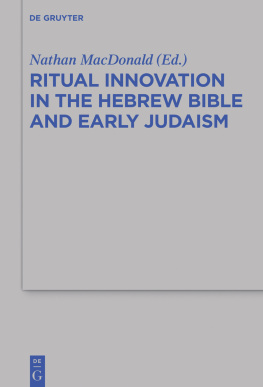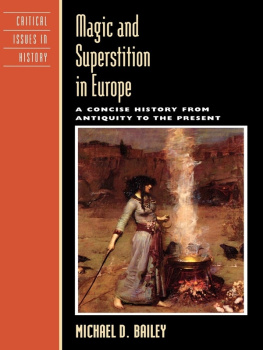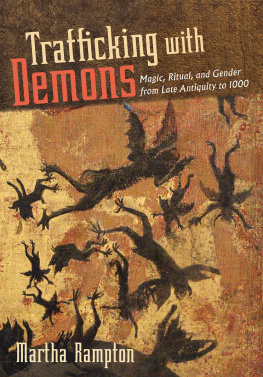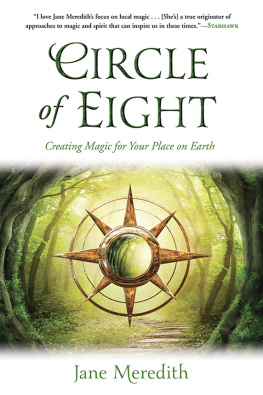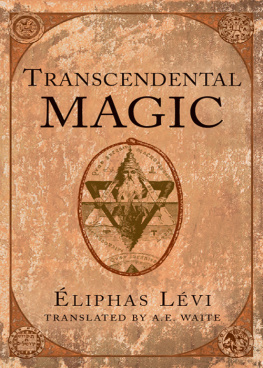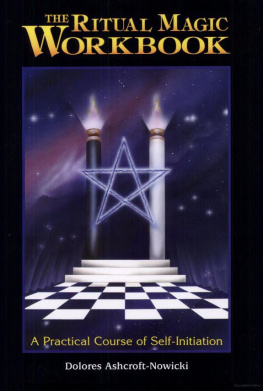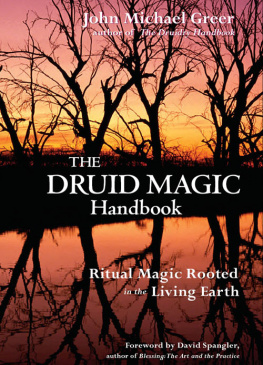Published in the United Kingdom in 2015 by
OXBOW BOOKS
10 Hythe Bridge Street, Oxford OX1 2EW
and in the United States by
OXBOW BOOKS
1950 Lawrence Road, Havertown, PA 19083
Oxbow Books and the individual contributors 2015
Paperback Edition: | ISBN 978-1-78570-010-1 |
Digital Edition: | ISBN 978-1-78570-011-8 |
Kindle Edition: | ISBN 978-1-78570-012-5 |
PDF Edition: | ISBN 978-1-78570-013-2 |
A CIP record for this book is available from the British Library
All rights reserved. No part of this book may be reproduced or transmitted in any form or by any means, electronic or mechanical including photocopying, recording or by any information storage and retrieval system, without permission from the publisher in writing.
Typesetting and layout by Ray Davies
Printed in the United Kingdom by Hobbs the Printers Ltd
For a complete list of Oxbow titles, please contact:
UNITED KINGDOM
Oxbow Books
Telephone (01865) 241249, Fax (01865) 794449
Email:
www.oxbowbooks.com | UNITED STATES OF AMERICA
Oxbow Books
Telephone (800) 791-9354, Fax (610) 853-9146
Email:
www.casemateacademic.com/oxbow |
Oxbow Books is part of the Casemate Group
Front cover: The coin-tree of Isle Maree, Northwest Highlands of Scotland, 2012 (Source: C. Houlbrook)
Introduction: The materiality of the materiality of magic
Ceri Houlbrook & Natalie Armitage
I am content to live a marginal scholarly existence. But I will not be happy to exchange marginality for termination. (Oring 1998, 335)
This volume is the product of the 34th annual conference of the Theoretical Archaeology Group (TAG), held in Liverpool, 2012. The editors, Natalie Armitage and Ceri Houlbrook, organised a session for this conference based on our shared academic interests. Despite hailing from different disciplines Armitage from English and American Studies; Houlbrook from Archaeology and despite our chronological and geographic focuses varying greatly, we share an interest in how notions of magic are manifested materially: Armitage primarily in the voodoo doll; Houlbrook, the British coin-tree.
Unified by the belief that magic, materially manifested, deserves academic attention, and that the archaeological perspective is particularly applicable to its study, we decided to collaborate on a TAG session entitled The Materiality of Magic: An artifactual investigation into ritual practices and popular beliefs. The papers presented during this session are gathered here in one volume.
Inspiration for this conference session was sparked during our MA years, whilst both undertaking the interdisciplinary MA programme Constructions of the Sacred, the Holy and the Supernatural at the University of Manchester. Despite the infectious enthusiasm of the course organiser, Dr Emma Loosley, and the broad range of subjects this MA covered, we were the only full-time students enrolled in the programme, and sadly it was disbanded in 2012, considered too small to be economically viable.
Our experience of the Constructions of the Sacred, the Holy and Supernatural programme was both academically rewarding and personally enjoyable, and we found ourselves questioning why so few postgraduates enrol onto this course. Any programme which spans such a wide breadth of topics, delivered by renowned experts in their fields Tim Insolls session on African shrines; Melanie Giles on Iron Age burials; Viv Gardners on the rituals of the Golden Dawn, to name only a few should have been crawling with postgraduates. And yet it was not. The reason behind this can be, in our opinions, located in the title of the course itself: the word supernatural.
There are simply some words in academia which have lost their credibility or never possessed it to begin with. Supernatural is one such word; magic, defiantly included in the title of this volume, is another. These words have become taboo; academic anathemas. We politely tiptoe around them, employing safer substitute phrases such as ritual, popular piety, spiritual beliefs, and so on. And even when scholars are careful to avoid using the words magic, supernatural, superstition, folklore, etc., such studies concerned with these topics are still considered fringe; they linger on the edges of respectable disciplines, not quite falling into academic oblivion but never managing to establish themselves as key, estimable subjects.
The topic of magic has undoubtedly been pushed to the peripheries of many disciplines and subsequently neglected, a neglect which is no doubt due to the term magic itself. Despite its simple definition in the Oxford English Dictionary, as the power of apparently influencing events by using mysterious or supernatural forces, magic is a term viewed by many scholars with wariness or distrust, having been ascribed certain pejorative or sensationalist connotations.
In 1987, Ralph Merrifield observed in his book, The Archaeology of Ritual and Magic, that despite ritual and magic having been part of everyday life in most societies the associations of the subject with fantasy-fiction and occultism gave it an aura of sensationalism, and subsequently discouraged such studies (1987, xiii). This has not changed greatly in the intervening decades. In 2009, Susan Greenwood published her work The Anthropology of Magic, in which she notes that many disciplines are still dismissing magic as bizarre and peripheral (2009, 1), and archaeology is little different, steering clear of the word magic because of its negative associations and reputation as being a little frivolous.
Folklorist Elliott Oring, whose words are quoted at the start of this Introduction, notes the deep sense of shame (1998, 336) with which scholars of folklore and magic tend to operate; we are timid and coward, approaching our subject-matters gingerly even apologetically. We are reluctant to blatantly name that which we study as magic, folklore, the supernatural. As archaeologist Gazin-Schwartz asks in her doctoral thesis on Constructing Ancestors: Archaeology and Folklore in Scotland: If we dare to talk about folklore, to tell stories about our sites, will anyone take us seriously? Or will we be relegated to the wacky fringe of druid-seekers? (1999, 36). The fear that one will not be taken seriously evidently motivates scholars to avoid certain terminology, and words like supernatural and magic send up red flags declaring a subject to be unworthy or frivolous.
However, in an academic environment which witnesses the births and deaths of disciplines with whiplash-inducing speed and frequency, the editors are anxious about the vulnerability of the study of magic, and are aware that the use-it-or-lose-it processes may start to apply. The reluctance to name a subject will inevitably lead to the subsumption or disappearance of that subject. This is why we decided to include the word magic in the title of our conference session and subsequent volume; we would rather risk losing readership than the subject itself. In agreement with Oring (1998), we are content to live marginal scholarly existences, but we will not be happy to exchange marginality for termination.


